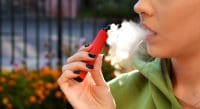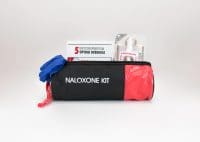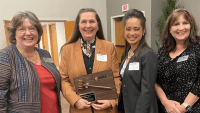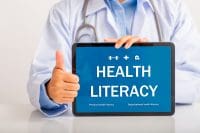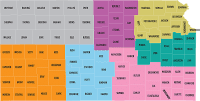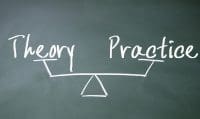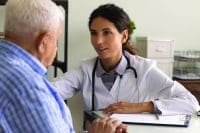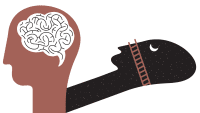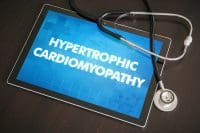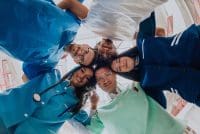NURSING EDUCATION has long been associated with traditional classroom learning, supplemented with instructor-led clinical situations. The constant evolution of healthcare demands a shift towards more innovative and dynamic learning opportunities. The use of experiential learning experiences challenge traditional learning by providing students with the reality of the subject being taught (Kolb, 2014). Experiential learning allows students the opportunity to develop critical thinking skills and promotes hands-on learning experiences. This article explores the benefits of experiential learning experiences with an emphasis on the Kolb Model theory.
Kolb’s theory of experiential learning emphasizes learning through concrete experiences, reflective observation, abstract conceptualization, and active experimentation. The model’s flexibility allows nursing students to enter at any given stage in the cycle, and progress through in a logical order. It offers a structured framework for faculty to design experiential learning programs that encourage students to engage the situation with hands-on learning. Through this model, students actively reflect on their actions, integrate new knowledge into nursing practice, and learn to allow for cultural considerations.
Benefits of experiential learning:
- Nursing students are immersed in live patient scenarios, offering a setting to bridge the gap between didactic learning and clinical practice. Students are allowed to demonstrate hands-on knowledge and social skills in the experience.
- Kolb’s cyclic model promotes the student’s ability to reflect on the experience and provides students the chance to evaluate the activity and plan for future interactions in practice. Experiential learning provides real-world knowledge and experience for students, while creating abstract thinking and reflection (Association of Experiential Education, 2012).
- Experiential learning offers the opportunity for interdisciplinary collaboration with other healthcare professionals. Nursing students learn to work in partnership with fellow college students in a variety of majors, as well as local resource offices available. The construct of experiential learning is to create innovative experiences and interactions for students to facilitate learning (Gross & Rutland, 2017). By engaging nursing students in interdisciplinary collaboration, students are prepared for the realities of the healthcare environment.
- Through engagement and hands-on experience, students build confidence in clinical judgment and skillset. Exposure to diverse patient scenarios assists students in developing cultural competence, adaptability, and resilience.
- Participation in community engagement during experiential learning experiences promotes relationships within the local community and fosters a commitment to social responsibility. The opportunity allows nursing students to form partnerships that lead to understanding the needs of the community, the ability to assess determinants of health, and identify health disparities in the population.
A rural western Kansas traditional on-campus BSN program has initiated an experiential learning experience for second-semester senior-level nursing students. This experience was designed for the nursing students to participate in weekly “well checks” for other on-campus students, staff, and faculty near the busy campus quad. These checks include obtaining vital signs (blood pressure, pulse, temperature, and pulse oximetry), as well as a brief anxiety screening using the GAD-7 scale, and a depression screening using the PHQ-9. Upon completion of vitals and screenings, nursing students take time to counsel the individual regarding their results. Education is provided regarding specific methods the individual can implement to improve both physical and mental health. Any abnormal results are discussed with the individual, and appropriate interventions, such as referral to primary care or the student health and wellness office, are initiated. Students ensure the use of culturally competent care to apply appropriate teaching methods and referrals. Following the experience, students provide written journal reflection to focus on the interactions and critical decisions made. This journal is intertwined with collaborative classroom discussions and didactic lecture content relevant to the experiential learning experience.
Nursing education must adapt to the ever-changing demands and needs of the healthcare industry. Kolb’s model of experiential learning provides the framework for nursing instructors to develop meaningful, interactive activities that engage nursing students. Experiential learning creates a link between formal education and real-world experience (Kong, 2021). The skill of putting knowledge into practice is key to the development of proficient nurses. Promoting innovative experiences, focusing on the development of critical thinking skills, and encouraging students to thrive in a collaborative environment are crucial to effective nursing education.
References
Association of Experiential Education. (2012). What is experiential education? Retrieved from http://www.aee.org/what-is-ee
Gross, Z., & Rutland, S. D. (2017). Experiential learning in informal educational settings. International Review of Education, 63(1), 1–8. https://doi.org/10.1007/s11159-017-9625-6
Kolb, D. (2014). Experiential learning: Experience as the source of learning and development. Pearson Education.
Kong, Y. (2021). The Role of Experiential Learning on Students’ Motivation and Classroom Engagement. Frontiers in Psychology, 12, 771272. https://doi.org/10.3389/fpsyg.2021.771272





